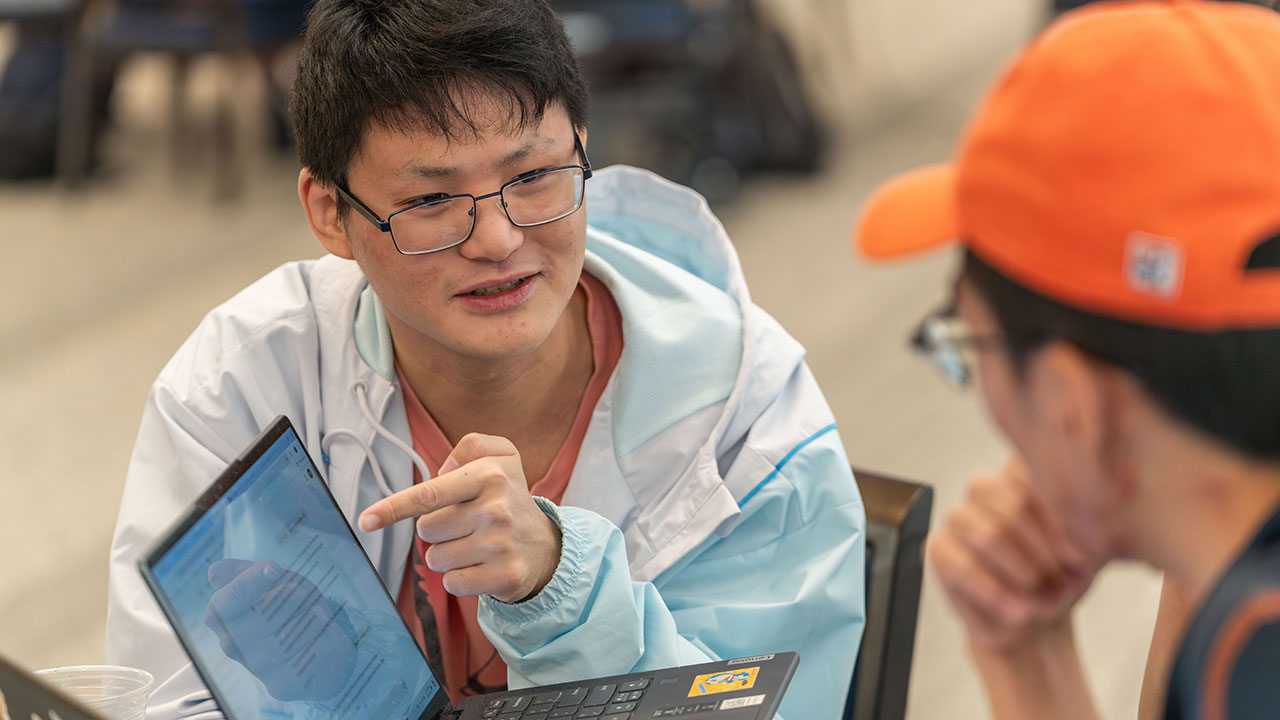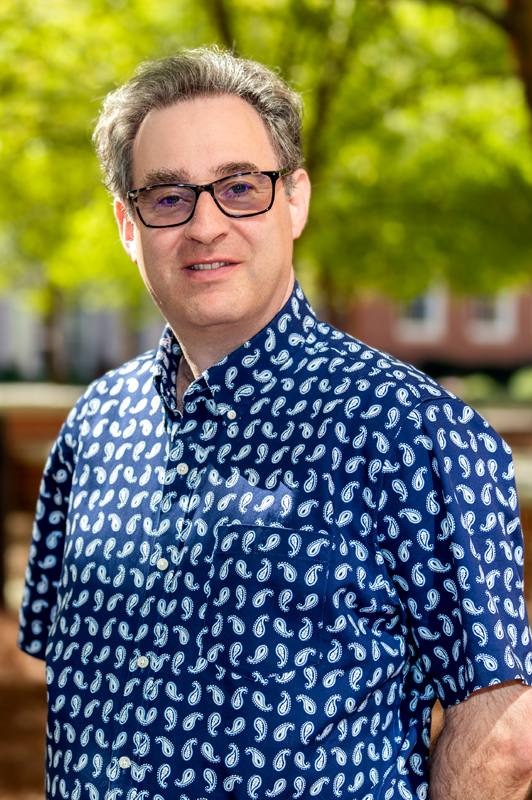Cyber Fire Puzzles provides real-life cyber scenarios, challenges for tomorrow's cyber defenders
Published: Aug 26, 2024 9:00 AM
By Joe McAdory
More than 340 million people fell victim to cyberattacks in 2023, compromising healthcare, financial, manufacturing and professional services, according to the Identity Theft Resource Center.
“Most people and organizations are still not properly protecting their information,” said Daniel Tauritz, associate professor in computer and software engineering (CSSE), interim director and chief artificial intelligence strategist at the Auburn Cyber Research Center (ACRC) and director for national laboratory relationships at Auburn University. “Society relies upon many software-based systems with enormous amounts of code and much of that code remains insecure.”
That’s why, Tauritz said, it’s increasingly important to not only raise awareness of cyber threats among us today, but diligently prepare for countering future cyber threats by “training the cyber defenders of tomorrow.”
Cyber Fire Puzzles, a Jeopardy-style cybersecurity challenge created by the U.S. Department of Energy and run at Auburn by Los Alamos National Laboratory (LANL), took almost 60 students, including a team of four from the University of South Alabama, on Saturday and Sunday, Aug. 24-25, inside the Brown-Kopel Center Grand Hall on a journey through binaries and malicious programs, giving them the opportunity to develop skills for tracking would-be hackers via sequences and software clues, and allowed them to reconstruct hierarchical file structure within hard drives.
Two of the three LANL technical staff members running this year's event, Zach Leggett and Tyler Ray, are Auburn CSSE alums. During the Friday, Aug. 23, kickoff, they were joined by two Auburn CSSE students, Kyle Ackerman and Chase Tuggle, who interned at LANL over the summer.
“This is a fun event, but it’s also competitive because when you’re doing this in the real world defending the systems we all rely on, there is a very competitive element to it. You’re going up against the adversary,” Tauritz said. “Also, this attracts a diverse group of students who either already aspire, or become inspired, to enter the cyber field, and we need to grow our cyber-informed workforce. Plus, this can serve as a great recruiting event for LANL.”
In its sixth iteration at Auburn, Cyber Fire Puzzles was hosted by the Auburn University Ethical Hacking Club (AUEHC), ACRC, and the LANL/AU Cyber Security Sciences Institute. Through a LANL-created web site, students were tasked with solving problems within 13 puzzle categories based on complicated security topics, including number sequencing and patterns, with different levels of difficulty. Once one puzzle of a category was solved, a fresh – more difficult – challenge in that category was presented. One of the new categories this year was called DeadDrop, which involved clues and hints hidden outside around campus.
“Probably the simplest topic was sequencing,” said Luke Robinson, a senior in CSSE and president of the AUEHC. “The first, and easiest, question was complete the sequence … one, three, five, then blank. What’s the next number in the sequence? You put in seven and move on to the next and more complicated question. You’ll get some real niche mathematical number sequences that you must do some base encoding for. I have attempted each of these modules and learned something I didn't know before.”
Hemant Sherawat, a CSSE graduate student and AUEHC technical advisor, echoed the importance of raising awareness.
“Our generation needs to understand cybersecurity and why it’s important,” he said. “Cyber Fire Puzzles is a fun event. There's no pressure… there's no academic grade so you know your life doesn't depend on it. You come in, have fun and learn about cybersecurity because cybersecurity isn't a bubble that's just going to automatically disappear.”
Marshall Nelson, a senior in CSSE and AUEHC vice president, considered Cyber Fire Puzzles to be “on the job training.”
“Everything you learn in the classroom is educational, but not everything you learn is immediately applied,” he said. “Much of our education includes computer science theories and concepts, but when you get into a competition like this, we are given the ability to apply those concepts. You might understand the concept of what digital forensics is and what it means to reverse engineer a piece of software, but a competition like this is different.”
There’s more to Cyber Fire Puzzles than just solving puzzles, Robinson pointed out.
“A very important aspect is the networking opportunities,” he said. “You meet a bunch of people who are interested in cyber and see what kind of path they've been taking. Originally, Cyber Fire Puzzles was my introduction to cybersecurity in general, and most importantly the Ethical Hacking Club, which has taken me pretty much all the way academically to where I am now. I started out by going to club meetings on Tuesdays. The next year I was technical advisor. Now I’m president and I have giant career aspirations in cybersecurity.”
Media Contact: , jem0040@auburn.edu, 334.844.3447
In its sixth iteration at Auburn University, Cyber Fire Puzzles took almost 60 students on a journey through binaries and malicious programs, giving them the opportunity to develop skills for tracking would-be hackers via sequences and software clues.


